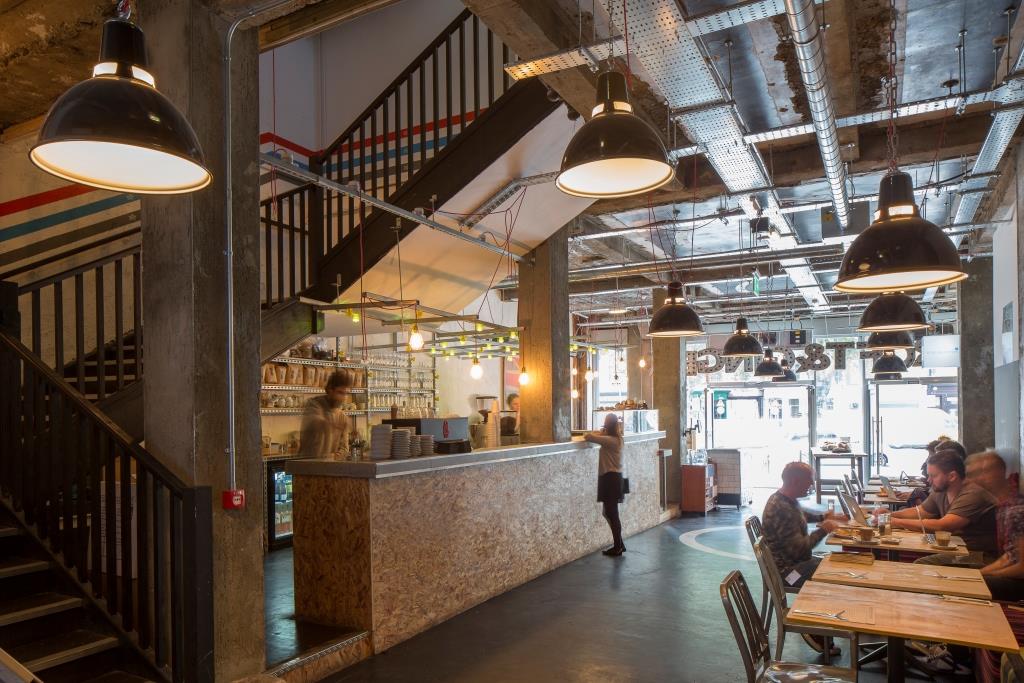How to grow your restaurant without expanding
The last few years have seen a wave of new restaurant concepts come to the market as well as the disappearance of some old favourites as they struggle to keep up with consumer demand and the latest trends.
When coupled with the high capital expenditure typically required to secure new A3 premises (such as ever increasing premiums and fit out costs) restaurateurs are seeking to maximise the revenue generated from their existing sites.
The recent MCA report on the UK restaurant sector has concluded that, over the next three years sales growth is more likely to come from brands refreshing or reinventing their key offering as opposed to physical expansion.
So how do you grow without expanding?
Contemporary consumers are choosing where to eat based on the quality of the food, the experience they receive and the restaurant surroundings – as opposed to being price led. As a result many of those new entrants, who place greater weight on the overall dining experience, do not need to offer promotional vouchers to entice customers through the doors thereby increasing the all-important spend per head.
Following a redesign or refresh of your menu/brand the next step towards achieving growth without taking new space is to improve the ambience of your existing premises.
Before committing to a potentially costly refurbishment programme, it is important to review the terms of your lease as most commercial leases will contain provisions governing the decoration of and alterations to the premises.
Decoration:
A typical commercial lease will require the tenant to decorate the premises regularly throughout the term to ensure that the premises are kept in good decorative order.
The specific wording of the decoration covenants will vary, depending on the terms agreed between the parties. The lease will normally require the tenant to redecorate the interior and, where relevant, the exterior of the premises at intervals of three to five years – as well as in the last year of the term. Restaurants should therefore plan for a rolling refurbishment programme to ensure that they do not inadvertently breach the terms of their lease.
While redecoration does not typically require the landlord’s consent an operator will also need to consider whether any of the proposed works would constitute an alteration for the purposes of the lease. Unlike the provisions governing decoration of the premises commercial leases will typically contain provisions which restrict alterations. Frequently a lease will prohibit any alterations to the exterior and/or structure of the premises while permitting internal non-structural alterations with the landlord’s consent (which cannot be unreasonably withheld).
What constitutes an “alteration”?
The case of Bickmore v Dimmer [1903] 1 v Ch 158 held that an “alteration” will affect “the form or structure of the building”. The practical effect for operators is that replacing free standing furniture is unlikely to require landlord’s consent (although it is advisable to consider the other terms of your lease (e.g. such as the “permitted use” clause) to ensure that you will not inadvertently put yourself in breach) whereas the installation of glass partitioning will require a formal licence for alterations to be entered into. Tenants will often be expected to cover the landlord’s legal fees for documenting their consent.
In light of the above it is worth getting professional advice on the terms of your restaurant lease to ensure you are able to react quickly to changing market conditions.
If you are considering refreshing your current restaurant and would like to talk to CBG Law about your options under your existing lease and obtain a competitive quotation then please call Ian Leigh or Alex Hutchings on 020 7436 5151 for a free initial conversation or email il@cbglaw.co.uk or ah@cbglaw.co.uk

